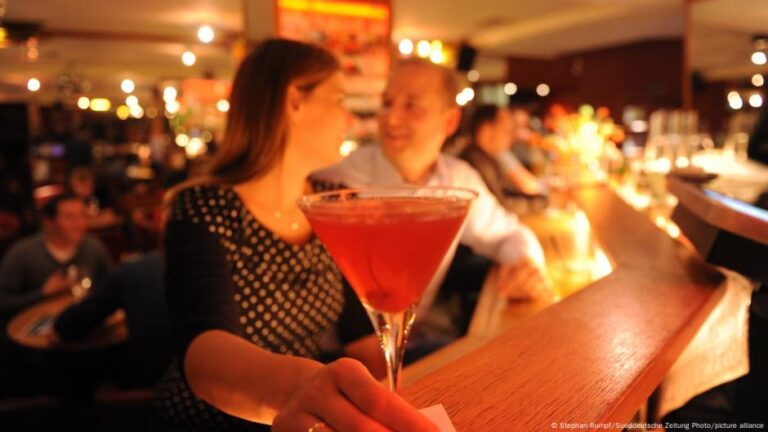A temporary “tattoo” could provide partygoers looking for a safe night out with a secret indicator to detect drugs often used to spike drinks in public bars and clubs.
Rohypnol — also called a “roofie” — and GHB, sometimes called “liquid ecstasy” or “fantasy,” are club drugs used, often by young people, in bars and nightclubs, raves and other nightlife settings. It is an illegal drug in many places, including the United States, UK and Australia.
While certain doses of these club drugs can produce a feeling of relaxation or euphoria, excessive doses can lead to symptoms of drowsiness, slurring of speech, loss of motor function, confusion and memory impairment. Overdose and toxicity are also possible.
Drug regulators have also identified both drugs as the toxins of choice for offenders seeking to spike drinks, render their victims unconscious or close to that, and then sexually assault them.
Because these are short-lived, tasteless and colorless drugs, it’s especially difficult for those wanting to have a safe night out to know if their drink has been spiked.
However, a new report published in the American Chemical Society in its journal ACS Sensors, has described an innovation from a South Korean research group that could make drug identification practically seamless.
Fast, discreet test for danger drugs
There are already products that allow people to identify whether a drink has been spiked. These appear as strips that can be dipped into a drink, with a color change indicating the presence of an unwanted chemical.
However, such a technique can take minutes and could leave a person vulnerable to other social dangers with such an obvious testing method.
The new rapid test developed by materials scientists funded by the South Korean government could offer an alternative.
Looking like a tattoo, but in actuality a removable sticker, the new product could provide an opportunity to quickly and subtly identify the presence of GHB.
Embedded in the silicone sticker film is a solution containing an iodide indicator called BHEI. When exposed to a solution containing GHB, the indicator changes from yellow to red.
According to reported results, stickers changed color almost instantaneously when exposed to drops of GHB in whisky, vodka, beer or coffee.
For those wearing the sticker, they would only need to expose their marker to a single droplet of their drink for the change to take place. It was sensitive enough to detect 0.01 milligrams of GHB per milliliter.
“This innovation represents a proactive and accessible solution for preventing drug-facilitated sexual assault, enhancing personal safety, and fostering a sense of control and awareness in high-risk environments,” the authors wrote in the study.
Promising, but further testing required
It’s not the first time that sensors have been developed to detect date rape drugs. More than a decade ago, a group from the National University of Singapore developed a fluorescent sensor platform that could be formed into drink stirrers and straws to indicate drinks spiked with GHB.
A US startup had previously invented a quick test platform that tested for several drugs using a testing disc.
But rapid testing products will likely need to be developed further before going to market.
Kabrena Rodda, a forensic toxicologist at the Pacific Northwest Laboratory in the US, said some spot tests can be unreliable.
“Unfortunately, spot detection methods such as these can often have high false positive rates — that is, telling you it detected the drug when it actually is not there,” Rodda, who was not involved in the new study, told DW in an email.
“This can lead people to avoid drinks that may be safe, which may in turn lead to an inaccurate belief that GHB is being spiked in people’s drinks.”
However, Rodda said the sticker test developed by the Korean researchers was “praiseworthy and important.”
A venture company has now been established to try and bring the product to market in South Korea.
But customization and adaptability to other target drugs is currently limited.
“Since a custom mold must be made and filled with agarose gel containing the GHB chemical receptor, there may be limitations in freely designing shapes like real tattoos,” Gyeong-Ji Kim, the study’s lead author based at Sungkyunkwan University in South Korea, told DW. “Customization is possible to some extent, but it is technically constrained.
“We have not yet developed chemical receptors for detecting other drugs. However, if receptors for substances such as opioids or synthetic cannabinoids are developed in the future, we believe they can be integrated into our tattoo sticker platform.”
Edited by: Carla Bleiker


